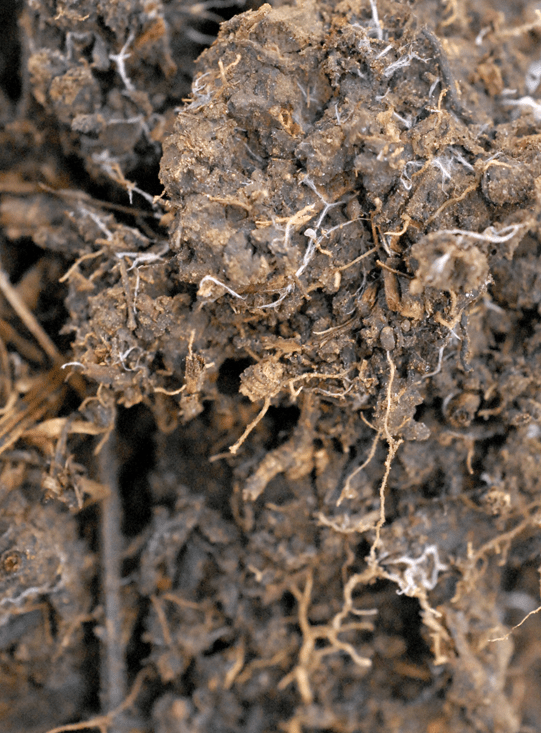
I’ve had this funny feeling that something is just not right in my garden. Can’t put my finger on it, but something is amiss. OMG everything is dying! Help! Garden Death is rampant! Well, a bit of hyperbole perhaps, but over the years I have had many calls from gardeners with great concern for plants or their entire garden based on things they perceive to be going on. I have helped them by trying to diagnose their problems. Thought occurs though that most gardeners should be able to diagnose their own garden problems with guidelines and framework that informs their decision making processes. The problem with solving problems is that often gardeners don’t notice a problem until it has advanced quite far often to the point of no return. So, the trick is to “see” things early so they can still be fixed.

Patterns
The first step to solving garden problems involves looking for patterns in the symptoms that are presenting as the “that does not look right to me” situation. The redwoods and boxwood in the image above are all performing badly and the symptoms are uniform. Uniform symptoms that occur across a population of plant often suggest an abiotic cause. In this case the use of recycled water high in salts has impacted the landscape plantings.

Symptoms
…are plant responses, changes in physiology such as chlorosis, and necrosis, spots, coloration or discoloration etc. Foliar symptoms often form when a plants ability to make or utilize chlorophyll is compromised. Symptoms also occur on stems in the form of cankers or dead spots that can ‘girdle’ the stem leading to foliar symptoms in the shoots on that stem. When diagnosing garden problems it is important to look at symptoms carefully and early. This involves understanding what is normal for the plants being grown. Plants exhibit a variety of growth patterns and changes throughout the season so some changes are normal. The trick is to see the early onset of “not normal” symptoms.

Signs
…are the cause of disease. Signs often confirm a diagnosis and give way to control options once a pathogen or other disorder is identified. Finding signs is of the confirmation needed to take some action to fix the problem in the garden. Often fruiting bodies of pathogens don’t form until the host has died or shed leaves that fall on the ground. Many signs are microscopic, but some spores can be seen ‘en-masse’ when inocculum builds up to visible levels. And sometimes symptoms and signs occur together helping to solve the diagnostic problem.

Canker diseases cause a variety of symptoms and signs. Most cankers only form signs after the stem has died. Early in the progress of disease plants may appear discolored but it is not until later that the signs will form usually after the plant is visibly necrotic



Time
…is an important factor in disease progression. Diseases do not happen instantly but form over time. Diseases, if they result from pathogens, have a “life history” where the various stages of the pathogen are formed or survive and accompany symptom development in the host. Early symptoms may be innocuous or subtle. The problem is we notice problems at a single point in time but the problem is often well along or has been developing long before we notice it. Understating the time line of disease or pest formation is important in diagnosing the cause.
Insects
—are often confused with pathogens because they can cause some of the same symptoms as plant pathogens or abiotic disorders. Insects cause an array of symptoms that can be used to diagnose their presence. Some insects related symptoms are: foliar stippling, bronzing and bleaching, leaf spots, chewed foliage, wilting and death of branches or entire portions of a plant or tree and galls. Insects also create signs of their activity such as frass, galleries, honeydew, cast skins, and excrement. Of course the ‘gold standard’ of insect signs is the insect itself which can take the form of adult insects or larval insects, both of which may look very different and affect different parts of a plant.



Diagnosis of garden enemies is just the first step in finding a solution to a garden plant malady. Often determining the cause requires some expert help. Your local Cooperative Extension advisor often has experience in diagnosing the most common problems or can find assistance getting answers. With the advent of smartphones that have great cameras we can diagnose many issues remotely with images. Regional expertise is best as pests vary by state and region. The diagnostic prowess is often local–in the county where you live. Start there and widen your research until you feel you have the identification you need to research possible cures.


































































